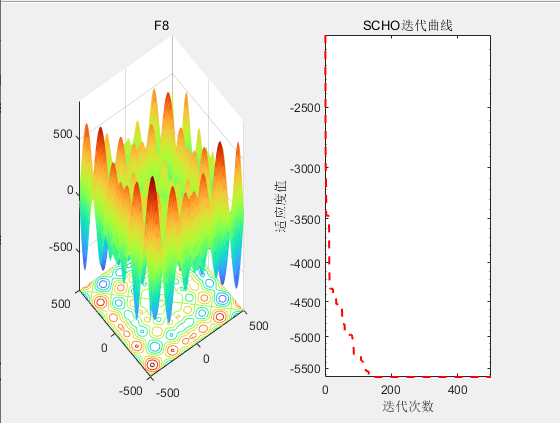文章目录
- FFmpeg视频处理工具使用总结
- 环境配置
- 主函数与参数处理
- 打开输入文件
- 获取流信息
- 分配输出文件上下文
- 猜测输出文件格式
- 创建视频流并设置参数
- 打开输出文件并写入头信息
- 读取、转换并写入帧数据
- 写入尾信息并释放资源
- 运行程序
- 注意事项
- 源代码
FFmpeg视频处理工具使用总结
环境配置
在C++程序中使用FFmpeg之前,需要包含相应的头文件,并根据是否使用C++编译器,可能需要添加extern "C"块。
```cpp
#ifdef __cplusplus
extern "C" {
#endif
#include <libavformat/avformat.h>
#include <libavutil/avutil.h>
#include <libavutil/log.h>
#ifdef __cplusplus
}
#endif
主函数与参数处理
程序入口点是main函数,它处理命令行参数并设置日志级别。
int main(int argc, char *argv[]) {
// 参数检查
if (argc < 3) {
av_log(nullptr, AV_LOG_ERROR, "Usage: %s <input file> <output file>\n", argv[0]);
exit(-1);
}
// 输入输出文件路径
char *src = argv[1];
char *dst = argv[2];
// 设置日志级别
av_log_set_level(AV_LOG_DEBUG);
}
打开输入文件
使用avformat_open_input打开输入文件,并检查返回值。
int ret = avformat_open_input(&pFormatCtx, src, nullptr, nullptr);
if (ret < 0) {
av_log(nullptr, AV_LOG_ERROR, "Could not open input file: %s\n", src);
exit(-1);
}
获取流信息
调用av_find_best_stream找到最佳的视频流。
ret = av_find_best_stream(pFormatCtx, AVMEDIA_TYPE_VIDEO, -1, -1, nullptr, 0);
if (ret < 0) {
av_log(nullptr, AV_LOG_ERROR, "Failed to retrieve input stream information\n");
goto _ERROR;
}
分配输出文件上下文
使用avformat_alloc_context分配输出文件的格式上下文。
oFormatCtx = avformat_alloc_context();
if (oFormatCtx == nullptr) {
av_log(nullptr, AV_LOG_ERROR, "Failed to allocate output context\n");
goto _ERROR;
}
猜测输出文件格式
使用av_guess_format猜测输出文件的格式。
outFmt = av_guess_format(nullptr, dst, nullptr);
if (outFmt == nullptr) {
av_log(nullptr, AV_LOG_ERROR, "Failed to guess output format\n");
goto _ERROR;
}
oFormatCtx->oformat = outFmt;
创建视频流并设置参数
为输出文件创建视频流,并复制输入视频流的参数。
outStream = avformat_new_stream(oFormatCtx, nullptr);
avcodec_parameters_copy(outStream->codecpar, pFormatCtx->streams[ret]->codecpar);
outStream->codecpar->codec_tag = 0;
打开输出文件并写入头信息
使用avio_open2打开输出文件,并使用avformat_write_header写入文件头信息。
ret = avio_open2(&oFormatCtx->pb, dst, AVIO_FLAG_WRITE, nullptr, nullptr);
if (ret < 0) {
av_log(nullptr, AV_LOG_ERROR, "Failed to open output file: %s\n", dst);
goto _ERROR;
}
ret = avformat_write_header(oFormatCtx, nullptr);
if (ret < 0) {
av_log(nullptr, AV_LOG_ERROR, "Failed to write output file header\n");
goto _ERROR;
}
读取、转换并写入帧数据
读取输入文件的视频帧,转换时间戳,并使用av_interleaved_write_frame写入输出文件。
while (av_read_frame(pFormatCtx, &pkt) >= 0) {
if (pkt.stream_index == ret) {
// 转换时间戳等
pkt.pts = av_rescale_q_rnd(pkt.pts, inSteam->time_base, outStream->time_base, AV_ROUND_NEAR_INF);
pkt.dts = av_rescale_q_rnd(pkt.dts, inSteam->time_base, outStream->time_base, AV_ROUND_NEAR_INF);
pkt.duration = av_rescale_q(pkt.duration, inSteam->time_base, outStream->time_base);
// 写入帧数据
av_interleaved_write_frame(oFormatCtx, &pkt);
}
av_packet_unref(&pkt);
}
写入尾信息并释放资源
使用av_write_trailer写入文件尾信息,并释放所有资源。
av_write_trailer(oFormatCtx);
_ERROR:
// 清理资源
if (oFormatCtx && oFormatCtx->pb) {
avio_close(oFormatCtx->pb);
oFormatCtx->pb = nullptr;
}
if (oFormatCtx) {
avformat_free_context(oFormatCtx);
oFormatCtx = nullptr;
}
if (pFormatCtx) {
avformat_free_context(pFormatCtx);
pFormatCtx = nullptr;
}
运行程序
程序需要传入两个参数:输入文件路径和输出文件路径。例如:
./my_ffmpeg_tool input.mp4 output.mkv
确保替换为您的实际文件名和所需的输出格式。
注意事项
- 确保FFmpeg开发库已正确安装且可链接。
- 检查程序输出的错误信息以进行调试。
- 程序可能需要适当的读取和写入权限。
源代码
- cmake 源文件
cmake_minimum_required(VERSION 3.27)
project(FFmpeg_exercise)
set(CMAKE_CXX_STANDARD 14)
# 定义FFmpeg的安装路径变量
set(FFMPEG_INSTALL_DIR "/usr/local/ffmpeg")
# 将FFmpeg的头文件目录添加到包含路径
include_directories(${FFMPEG_INSTALL_DIR}/include)
# 定义FFmpeg库的基础名称(根据你的需要调整)
set(FFMPEG_LIBS "avcodec;avformat;avutil") # 用分号分隔库名
# 寻找并链接FFmpeg库
foreach(FFMPEG_LIB ${FFMPEG_LIBS})
find_library(${FFMPEG_LIB}_LIBRARY NAMES ${FFMPEG_LIB}
PATHS ${FFMPEG_INSTALL_DIR}/lib NO_DEFAULT_PATH)
list(APPEND FFMPEG_LIBRARIES ${${FFMPEG_LIB}_LIBRARY})
endforeach()
add_executable(FFmpeg_exercise
# main.cpp
# extra_audic.cpp
extra_video.cpp
)
# 链接FFmpeg库
target_link_libraries(FFmpeg_exercise ${FFMPEG_LIBRARIES})
- cpp
//
// Created by 陈伟峰 on 2024/6/22.
//
#ifdef __cplusplus
extern "C" {
#endif
// 包含FFmpeg的头文件
#include <libavformat/avformat.h>
#include <libavutil/avutil.h>
#include <libavutil/log.h>
#ifdef __cplusplus
}
#endif
#include <iostream>
int main(int argc,char *argv[]){
int ret {-1};
int idx {-1};
//1.处理一些参数
char *src {nullptr};
char *dst {nullptr};
AVFormatContext *pFormatCtx {nullptr};
AVFormatContext *oFormatCtx {nullptr};
AVOutputFormat *outFmt {nullptr};
AVStream *outStream {nullptr};
AVStream *inSteam {nullptr};
AVPacket pkt {nullptr};
// 日志信息
av_log_set_level(AV_LOG_DEBUG);
if(argc<3){
av_log(nullptr,AV_LOG_ERROR,"Usage:%s <input file> <output file>\n",argv[0]);
exit(-1);
}
src = argv[1];
dst = argv[2];
// 2.打开多媒体输入文件
ret = avformat_open_input(&pFormatCtx,src,nullptr,nullptr);
if(ret<0){
av_log(nullptr,AV_LOG_ERROR,"Could not open input file:%s\n",src);
exit(-1);
}
// 3.获取多媒体文件信息
ret = av_find_best_stream(pFormatCtx,AVMEDIA_TYPE_VIDEO,-1,-1,nullptr,0);
if(ret<0){
av_log(nullptr,AV_LOG_ERROR,"Failed to retrieve input stream information\n");
goto _ERROR;
}
// 打开目的多媒体文件
oFormatCtx = avformat_alloc_context();
if(oFormatCtx==nullptr){
av_log(nullptr,AV_LOG_ERROR,"Failed to allocate output context\n");
goto _ERROR;
}
outFmt = av_guess_format(nullptr,dst,nullptr);
if(outFmt==nullptr){
av_log(nullptr,AV_LOG_ERROR,"Failed to guess output format\n");
goto _ERROR;
}
oFormatCtx->oformat = outFmt;
// 为目的文件,创建一个新的视频流
outStream = avformat_new_stream(oFormatCtx,nullptr);
// 设置视频参数
inSteam = pFormatCtx->streams[idx];
avcodec_parameters_copy(outStream->codecpar,pFormatCtx->streams[ret]->codecpar);
outStream->codecpar->codec_tag = 0;
// 绑定
ret = avio_open2(&oFormatCtx->pb,dst,AVIO_FLAG_WRITE, nullptr, nullptr);
if(ret<0){
av_log(nullptr,AV_LOG_ERROR,"Failed to open output file:%s\n",dst);
goto _ERROR;
}
// 写入头信息
ret = avformat_write_header(oFormatCtx,nullptr);
if(ret<0){
av_log(nullptr,AV_LOG_ERROR,"Failed to write output file header\n");
goto _ERROR;
}
// 写多媒体文件到目的文件
ret = avformat_write_header(oFormatCtx,nullptr);
if(ret<0){
av_log(nullptr,AV_LOG_ERROR,"Failed to write output file header:%s\n", av_err2str(ret));
goto _ERROR;
}
while(av_read_frame(pFormatCtx,&pkt)>=0) {
if (pkt.stream_index == idx) {
pkt.pts = av_rescale_q_rnd(pkt.pts, inSteam->time_base, outStream->time_base,
(AVRounding) (AV_ROUND_NEAR_INF | AV_ROUND_PASS_MINMAX));
pkt.dts = av_rescale_q_rnd(pkt.dts, inSteam->time_base, outStream->time_base,
(AVRounding) (AV_ROUND_NEAR_INF | AV_ROUND_PASS_MINMAX));
pkt.duration = av_rescale_q(pkt.duration, inSteam->time_base, outStream->time_base);
pkt.stream_index = 0;
pkt.pos = -1;
av_interleaved_write_frame(oFormatCtx, &pkt);
}
av_packet_unref(&pkt);
}
// 写入尾信息
av_write_trailer(oFormatCtx);
_ERROR:
if(oFormatCtx->pb){
avio_close(oFormatCtx->pb);
oFormatCtx->pb = nullptr;
}
if(oFormatCtx){
avformat_free_context(oFormatCtx);
oFormatCtx = nullptr;
}
if(pFormatCtx){
avformat_free_context(pFormatCtx);
pFormatCtx = nullptr;
}
return 0;
}
- 执行
./main demo.mp4 demo2.h264
- 运行
ffplay demo2.h264








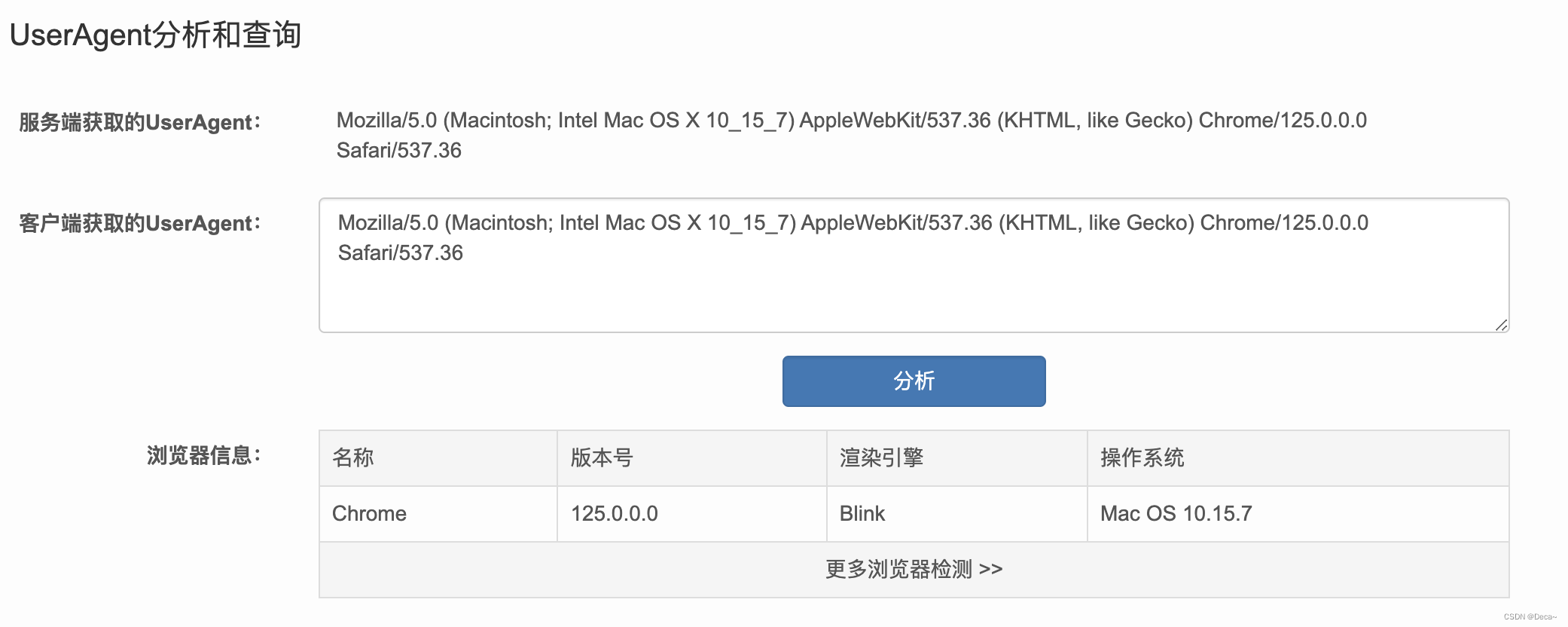

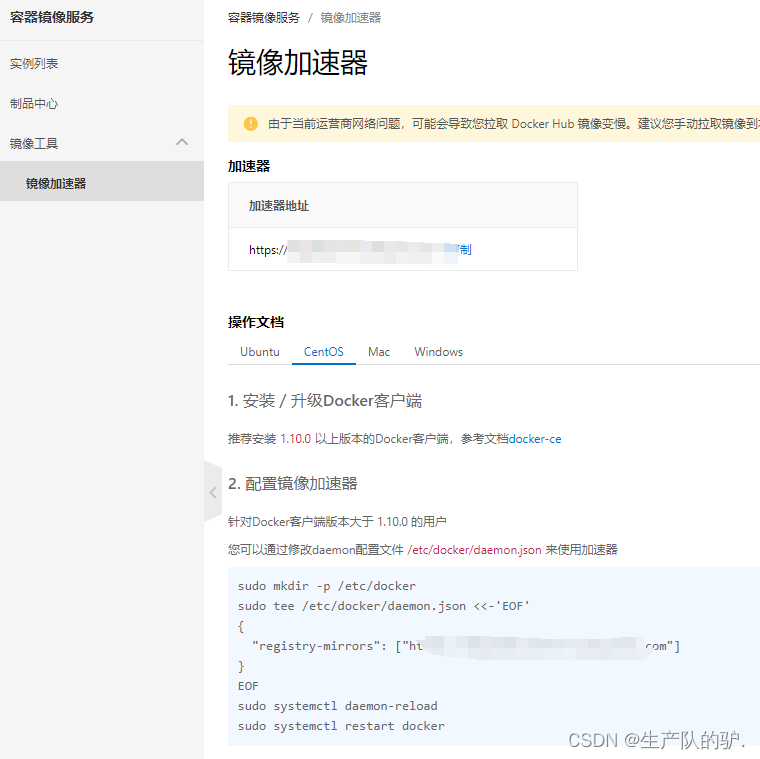
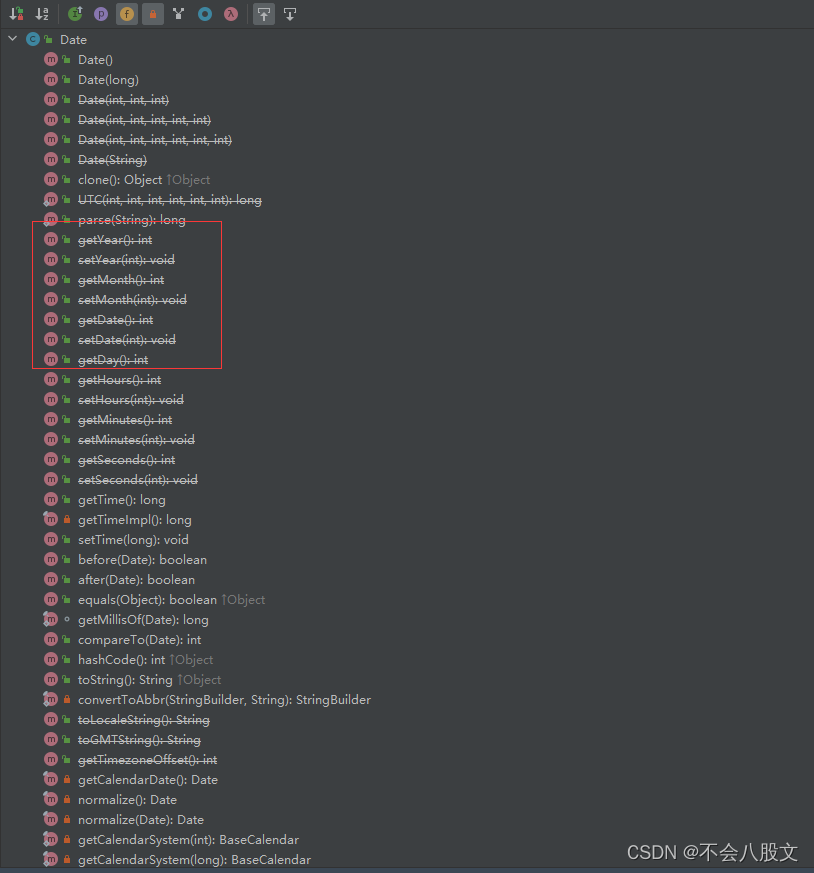
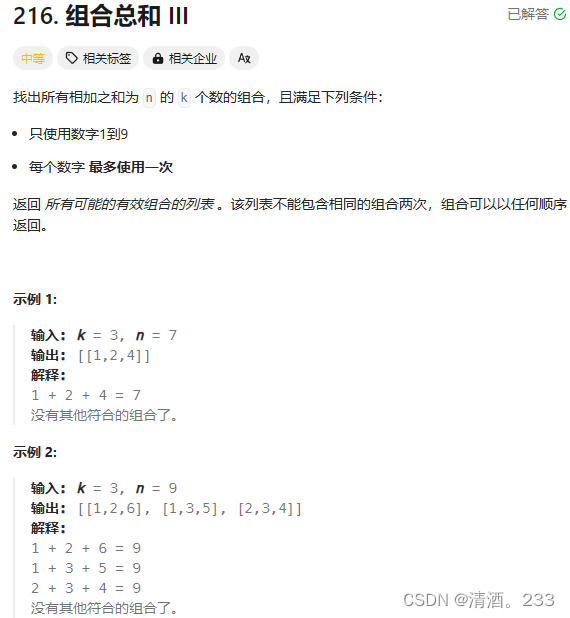
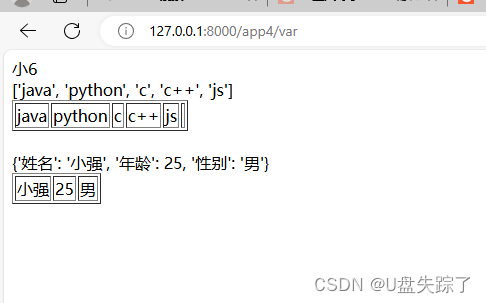
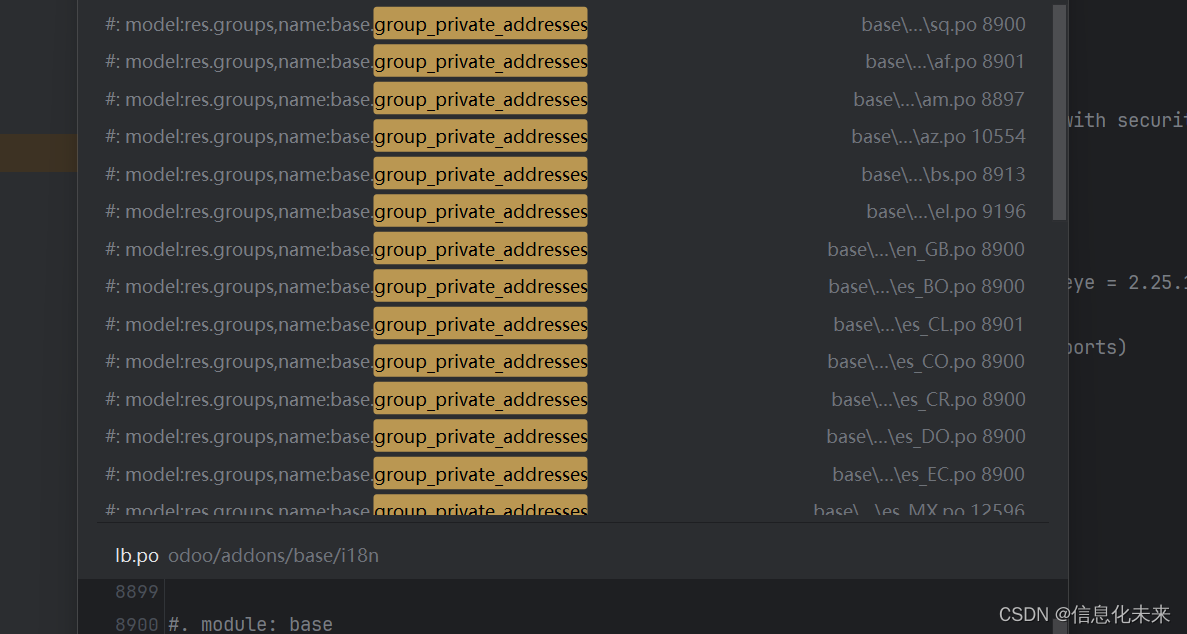


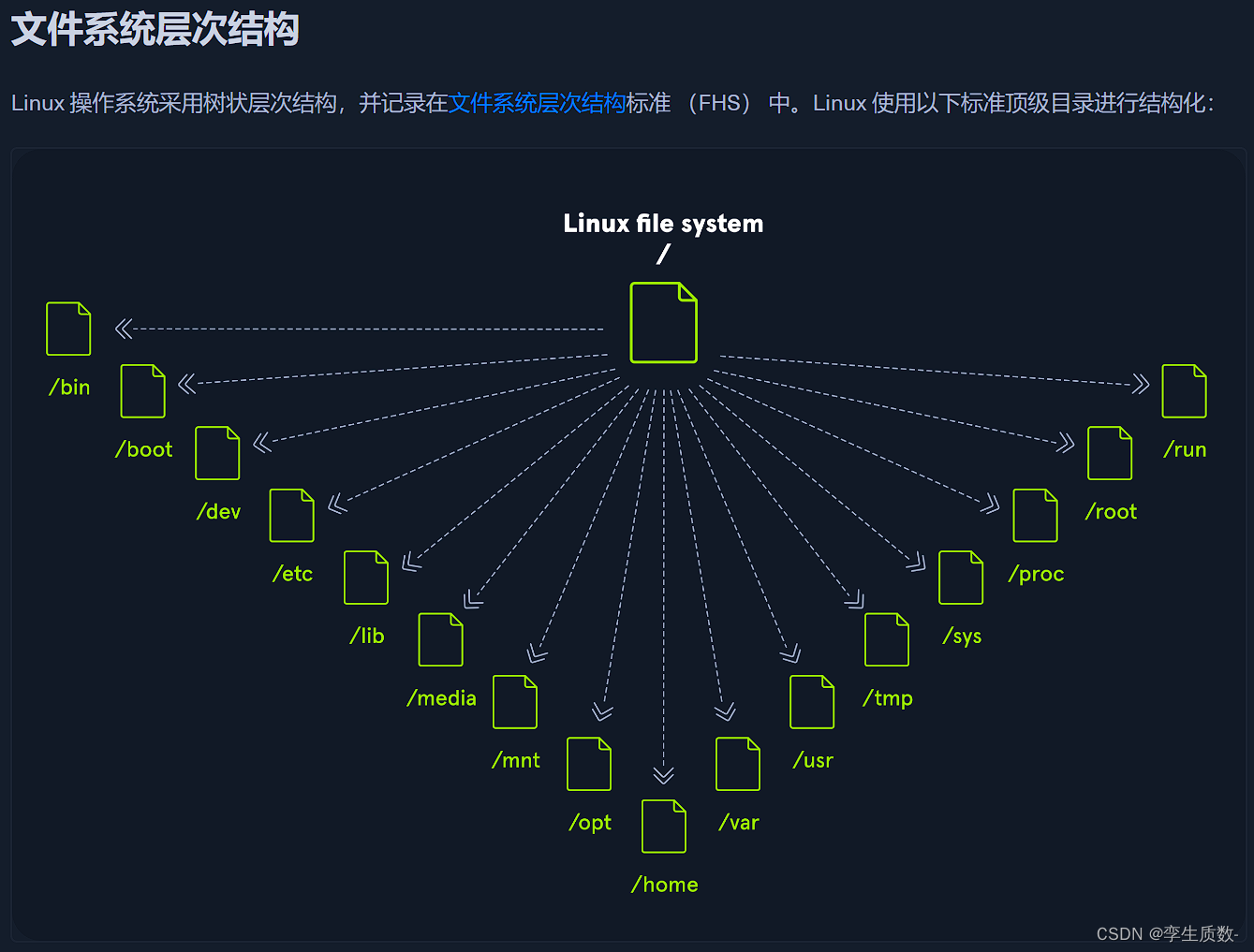
![[SAP ABAP] 运算符与操作符](https://img-blog.csdnimg.cn/direct/24e718a9f2854c5d83b8564bbf67073e.png)
